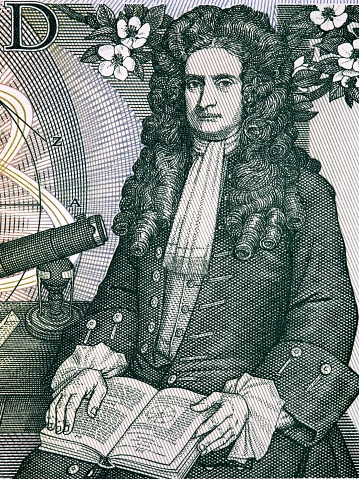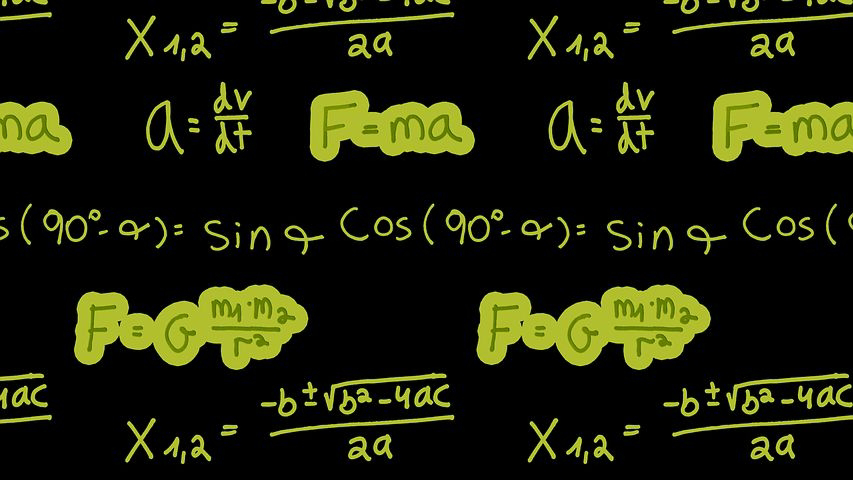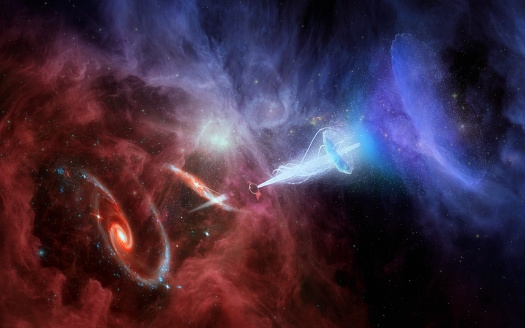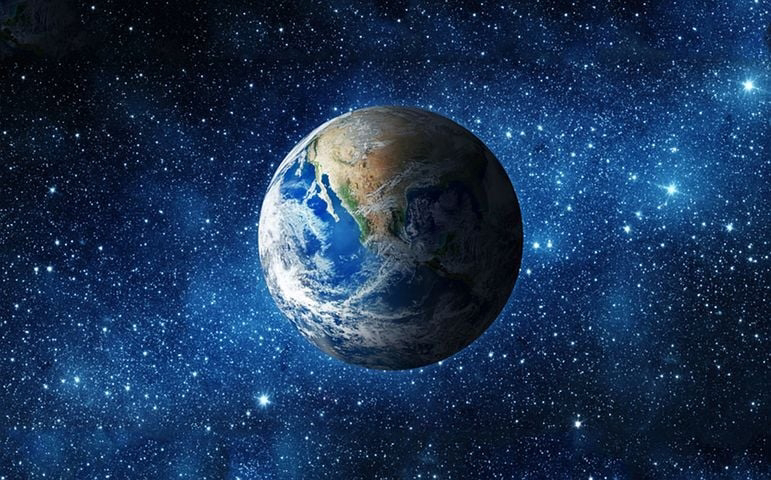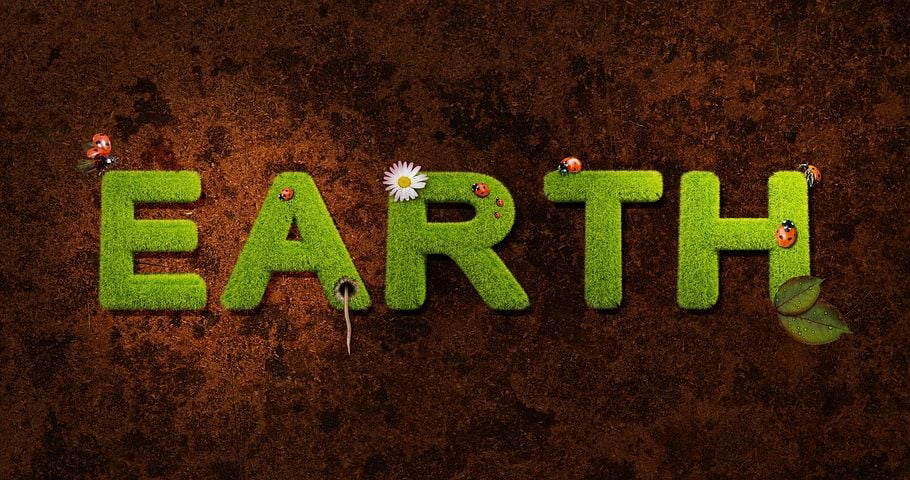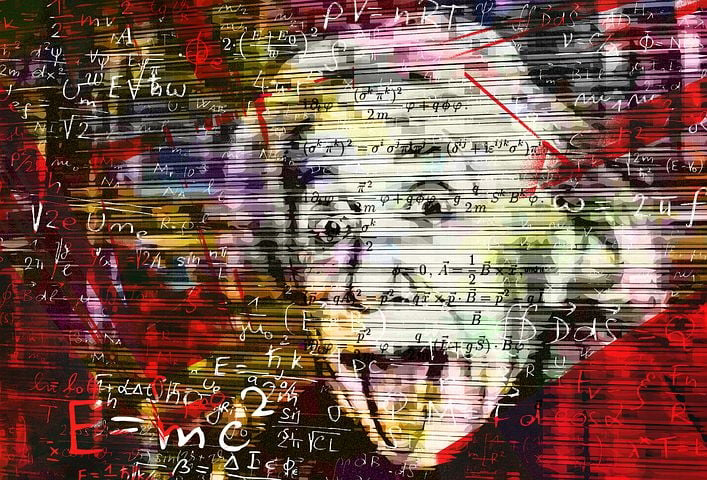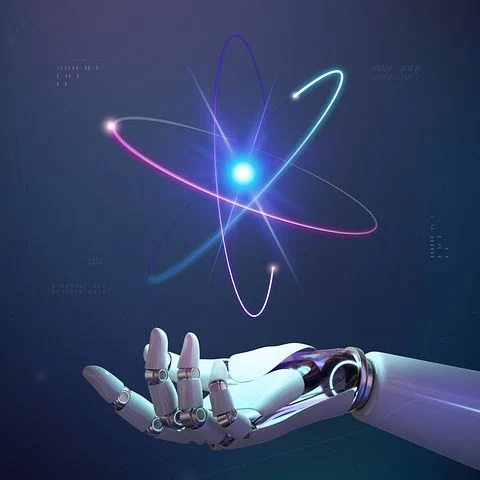The history of the earth 🌎 The history of the Earth is a long and complex story that spans billions of years. Here is a brief overview of some of the major events and changes that have occurred over time:
Formation: The Earth formed approximately 4.6 billion years ago, through the process of accretion, in which small particles and debris gradually came together to form a larger body.
Early atmosphere: The early atmosphere of the Earth was likely composed of gases such as water vapor, carbon dioxide, and nitrogen, with little to no oxygen.
Early oceans: By about 4 billion years ago, the Earth had cooled enough for liquid water to exist on its surface, leading to the formation of the first oceans.
Plate tectonics: The movement of tectonic plates began around 3 billion years ago, leading to the formation of continents and the recycling of the Earth's crust.
Oxygenation: Around 2.5 billion years ago, photosynthetic organisms began to produce oxygen, leading to the buildup of oxygen in the atmosphere and paving the way for the evolution of more complex life forms.
Mass extinctions: Throughout the Earth's history, there have been several mass extinctions, including the most famous one at the end of the Cretaceous period, which wiped out the dinosaurs.
Ice ages: The Earth has experienced several periods of glaciation over the past 2.5 million years, with the most recent one ending around 10,000 years ago.
Human impact: In more recent history, humans have had a significant impact on the Earth, through activities such as deforestation, pollution, and the burning of fossil fuels.
Throughout the Earth's history, there have been numerous physical and chemical changes that have shaped the planet. These include:
Volcanism: Volcanic eruptions can release large amounts of gases, ash, and lava, which can alter the composition of the atmosphere and the Earth's surface.
Weathering: Weathering is the process by which rocks are broken down into smaller pieces by physical and chemical processes such as erosion and oxidation.
Erosion: Erosion is the process by which soil and rock are transported by wind or water, leading to changes in the shape and composition of the Earth's surface.
Sedimentation: Sedimentation is the process by which sediment is deposited, leading to the formation of sedimentary rocks.
Metamorphism: Metamorphism is the process by which rocks are changed through heat and pressure, leading to the formation of metamorphic rocks.
Mineralization: Mineralization is the process by which minerals are deposited in rocks, often through hydrothermal activity.
Overall, the history of the Earth is a complex and fascinating story, marked by numerous physical and chemical changes that have shaped the planet and the life forms that inhabit it.
Scientific trends in earth since it made
The history of the Earth is a vast and complex topic, encompassing millions of years of geological and biological changes. However, there are several scientific trends in the history of the Earth that are important to understand.
Plate tectonics: Plate tectonics is the theory that the Earth's crust is divided into several large plates that move and interact with each other. This movement is responsible for the formation of mountains, the creation of new landmasses, and the occurrence of earthquakes and volcanic eruptions.
Evolution: The theory of evolution explains how species of living organisms have changed over time through natural selection and adaptation to changing environments. This process has resulted in the diversity of life on Earth today.
Climate change: Climate has varied throughout the history of the Earth, with periods of glaciation and warming. However, human activities have significantly impacted the Earth's climate in recent decades, leading to concerns about global warming and its effects on the environment.
Mass extinctions: Throughout the history of the Earth, there have been several mass extinction events where large numbers of species died out. The most well-known example is the extinction of the dinosaurs at the end of the Cretaceous period.
Geological time scale: The geological time scale is a timeline of the Earth's history, divided into periods of time based on significant geological and biological events. This framework allows scientists to study and understand the Earth's history in a systematic way.
Earth's early history: The early history of the Earth is characterized by the formation of the planet, the development of the atmosphere and oceans, and the emergence of life. This period is still not fully understood, but ongoing research is shedding light on this important era in the Earth's history.
Overall, understanding these scientific trends is crucial for understanding the complex and dynamic history of the Earth, and for developing strategies to address the environmental challenges facing the planet today.
-Source- ChatGPT



